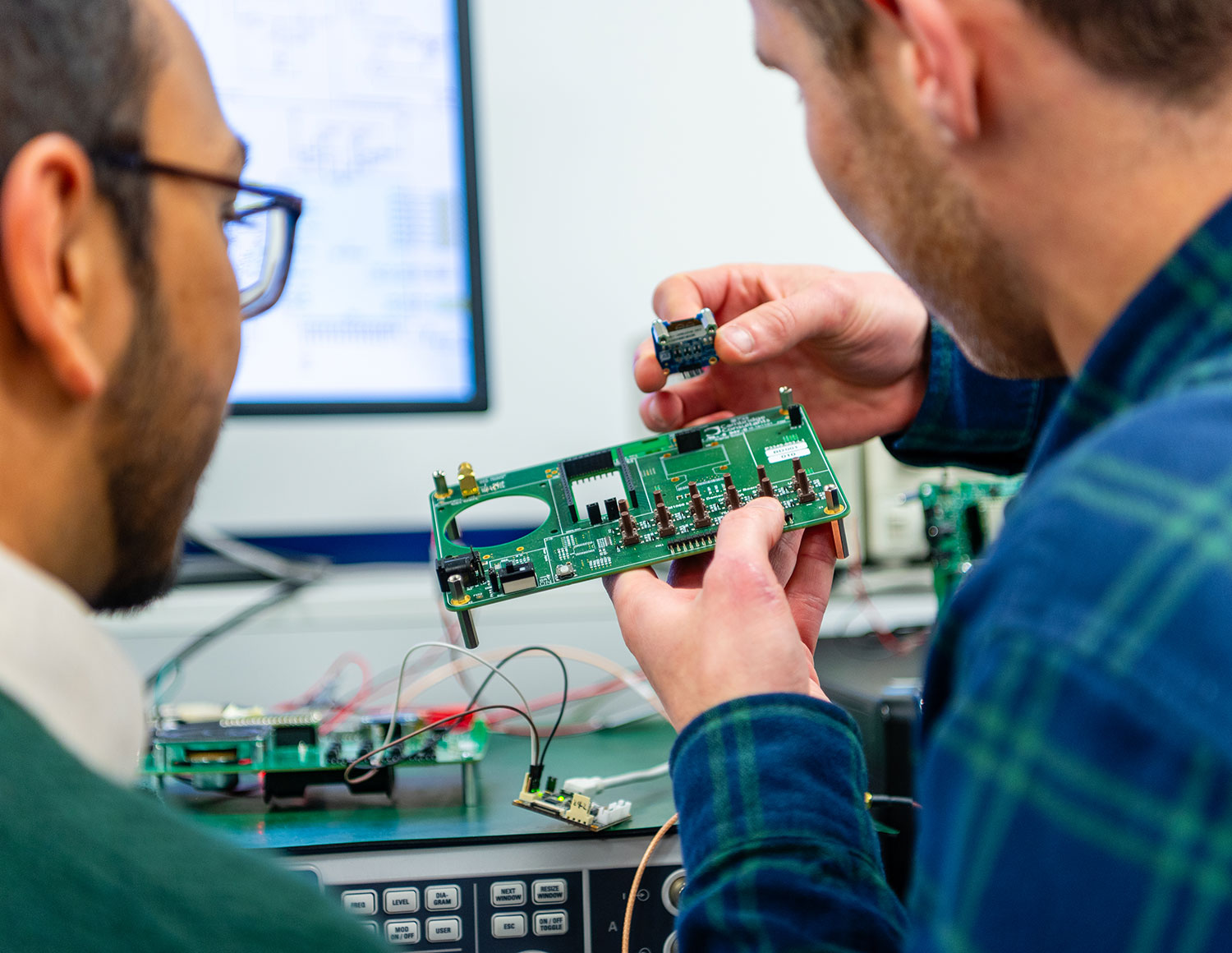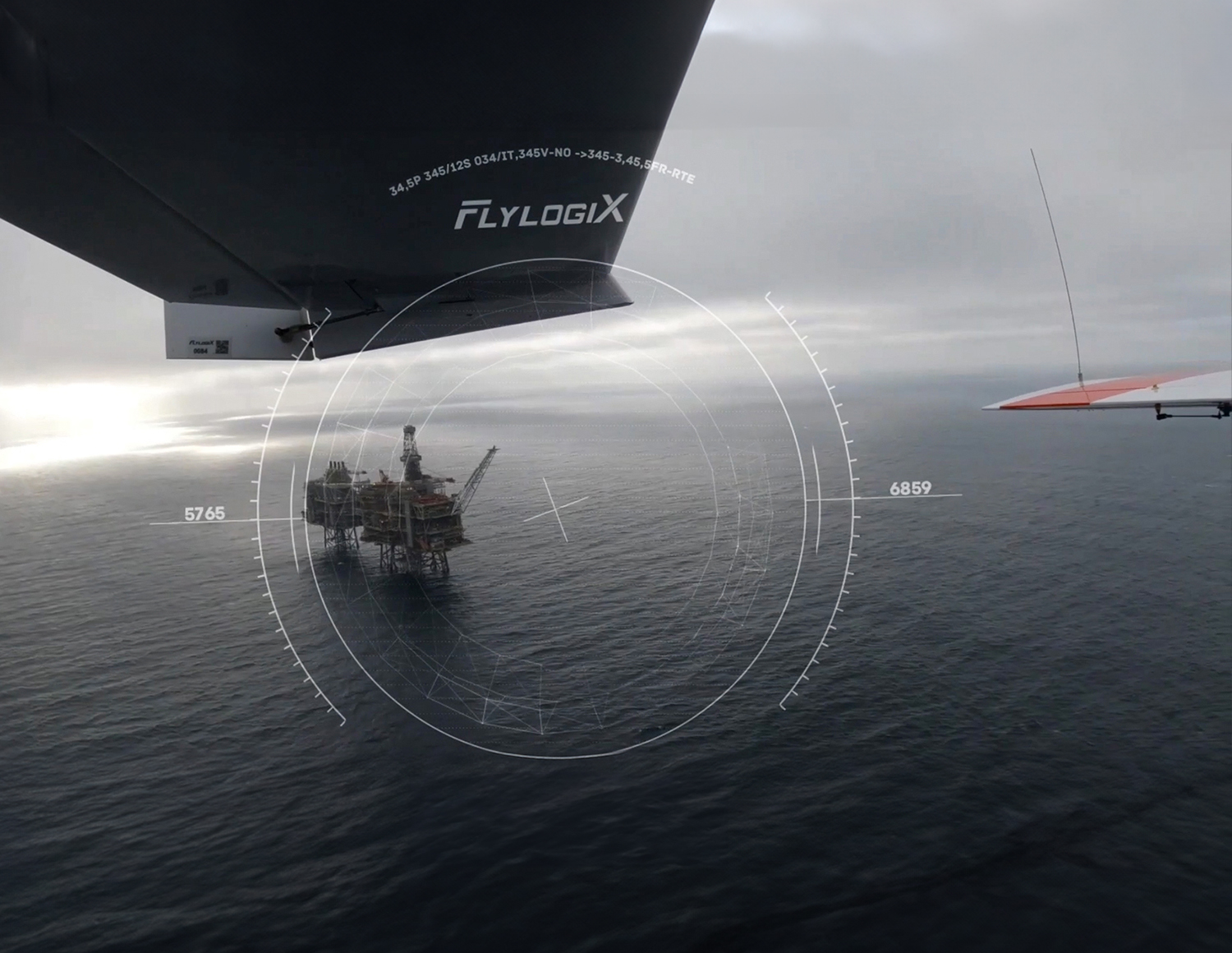Client story
This is a story of a radical breakthrough. It reveals our part in a highly ambitious plan to deliver superfast 5G to every corner of the globe from the stratosphere. Working with Stratospheric Platforms Limited (SPL), we’ve developed an airborne antenna that will provide widescale coverage of high performance 5G at a fraction of the cost of terrestrial networks.
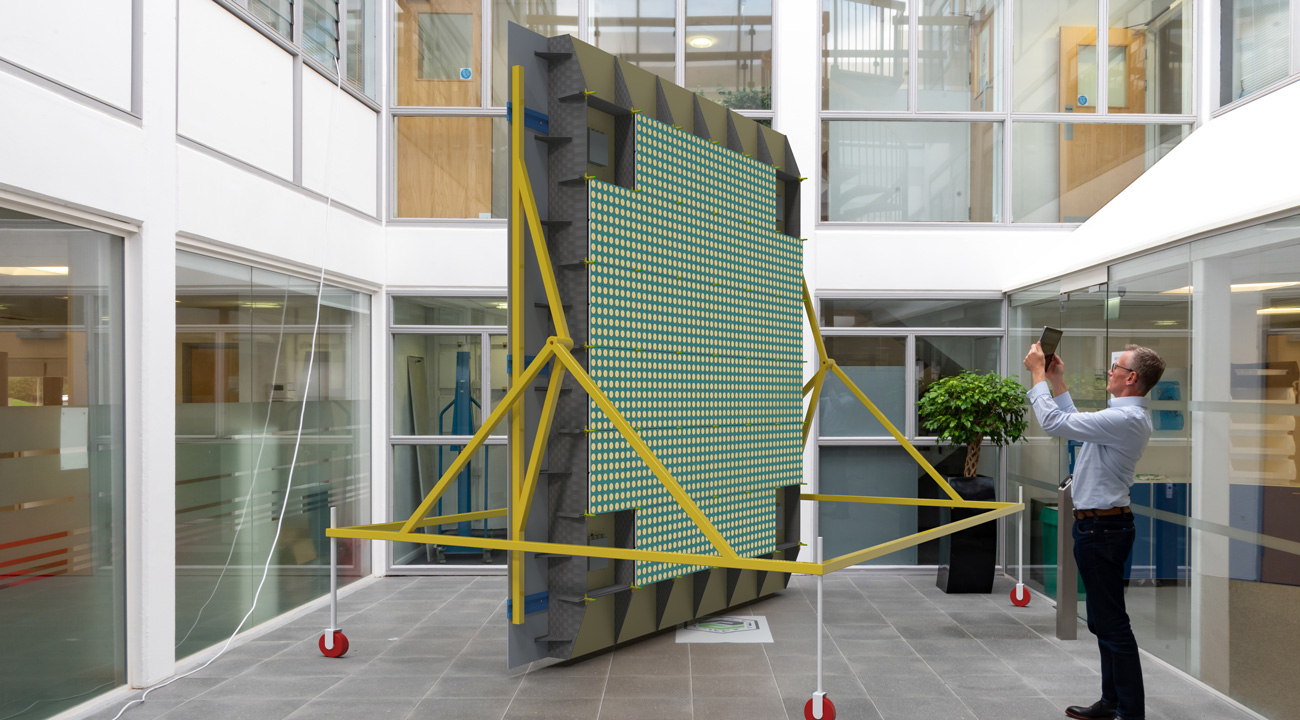
A stratospheric breakthrough
The full-scale antenna will take flight at three meters square and deliver quite extraordinary mobile broadband speeds – beaming high performance 5G over vast geographies and to exceptionally targeted areas from an altitude of 20,000 metres. Yet it will be light enough to be carried by a zero-emission aircraft weighing no more than a medium-sized van. It sits proudly at the heart of SPL’s revolutionary high-altitude platform (HAP) and communication system.
Image: Render of how the full-scale antenna will look when developed
Connecting everyone with 5G
SPL’s vision is to use the stratosphere to rewrite the economics of mobile broadband and connect everyone with the fastest 5G speeds possible, which until now have been the reserve of major cities. In partnership with Deutsche Telekom – its largest shareholder, technology partner and launch customer – SPL plans to launch a fleet of unmanned, zero-emission aircraft to deliver 5G into existing networks and directly to standard phones. The aircraft will use a unique hydrogen power system to increase endurance, whilst reducing environmental impact and noise.
A challenge like no other
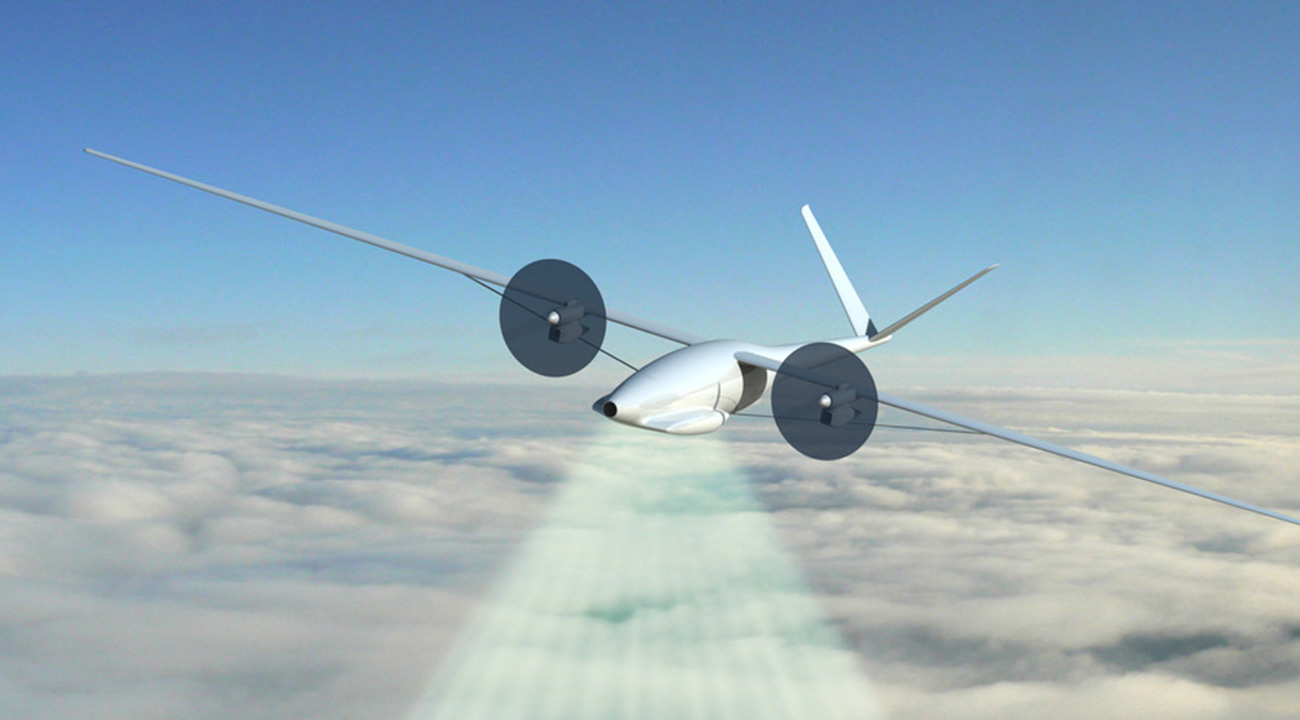
A world-first in airborne communications
Central to SPL’s vision was the need for a unprecedented telecoms payload that could be carried by an aircraft weighing about 150 times less than a Boeing 747, overcome the stratosphere’s atmospheric challenges and endure nine days of flight. Due to its size and performance, the antenna would do the serious work of providing exceptional 5G services over vast geographical distances, delivering airborne communications unlike anything seen before.
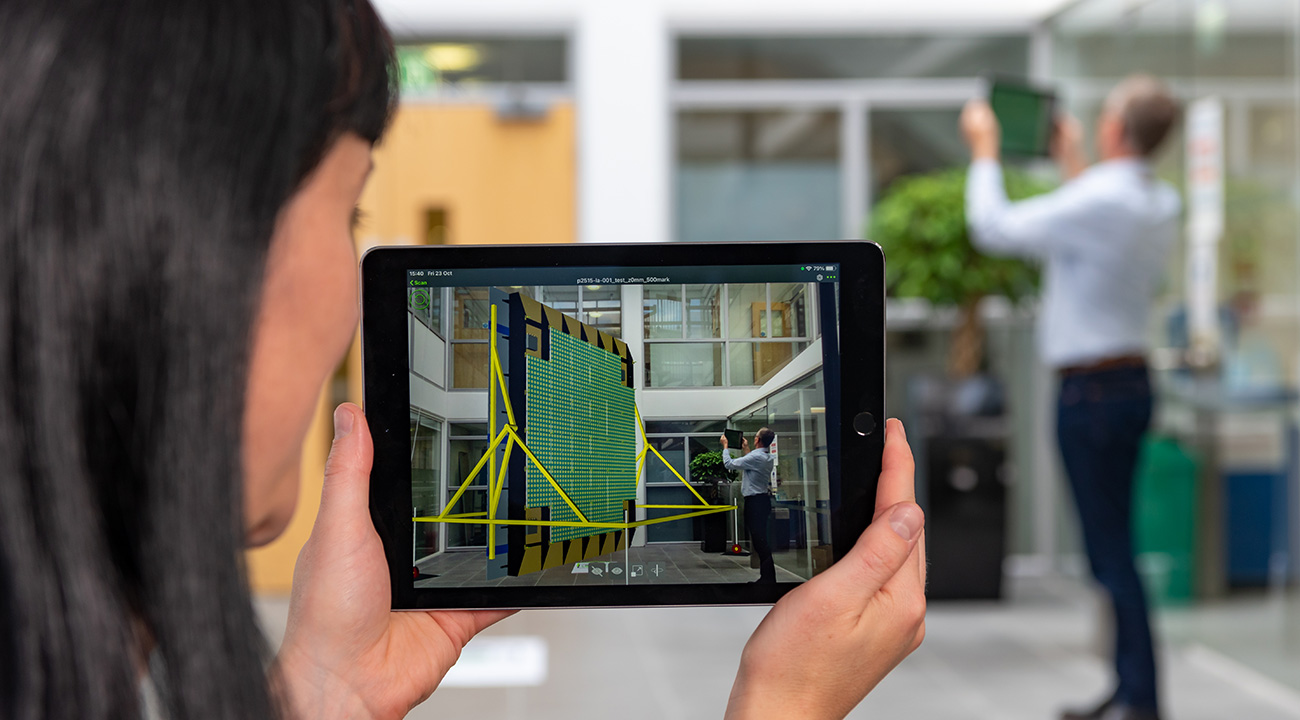
The world’s largest antenna of its kind
Our ground-breaking proof of concept has made possible what was once unthinkable. When developed, the full-scale antenna will be over three metres square, include more than a million components, create 480 individual beams and provide even coverage of high performance 5G to areas up to 140km in diameter. This single ‘mega cell tower in the stratosphere’ will deliver mobile speeds in excess of 100Gbps in aggregate and provide coverage that is equal to the combined efforts of hundreds of terrestrial cellular masts.
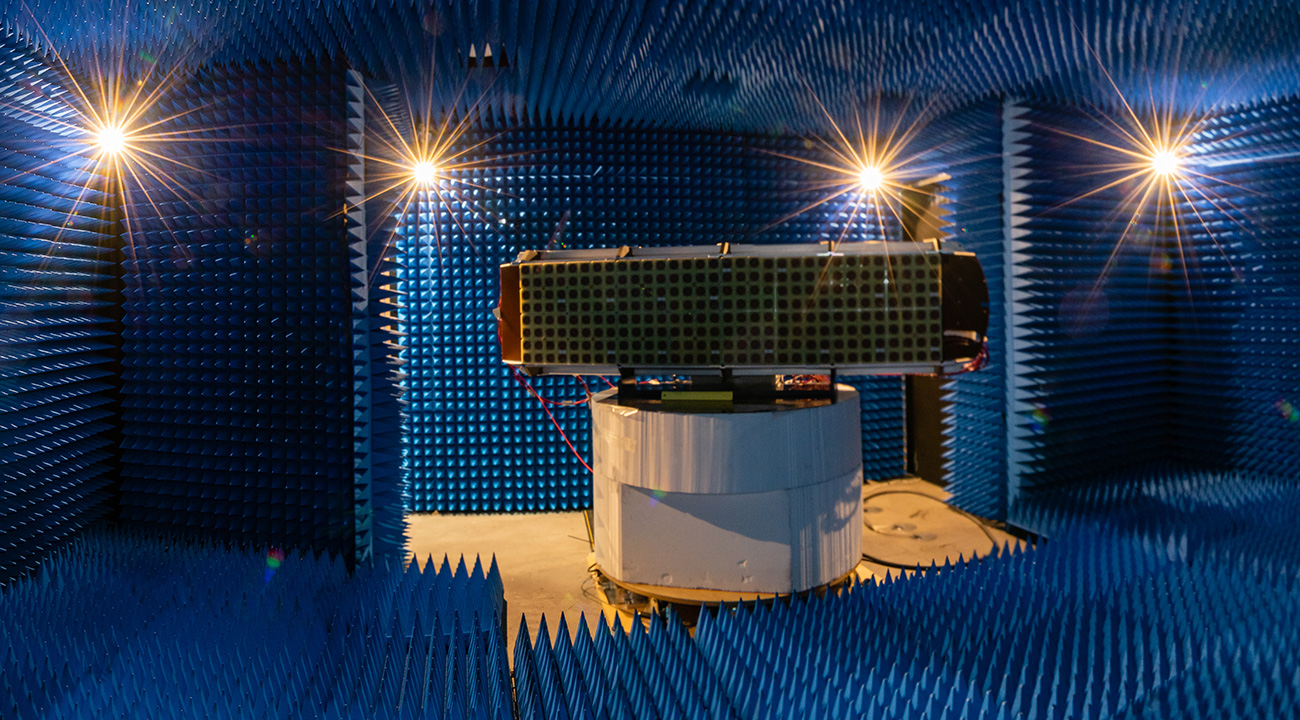
Proven performance
Sitting at one eighth of the intended full-size, the fully functional proof of concept is a feat of engineering. It has overcome the key technical challenges within simulated flight conditions and proven its unique modular design can scale seamlessly. Advanced calibration across the four tiles of the prototype deliver beams with astonishing accuracy, maintaining laser-like performance during flight motion and paving the way for the 32-tile commercial array to now be developed.
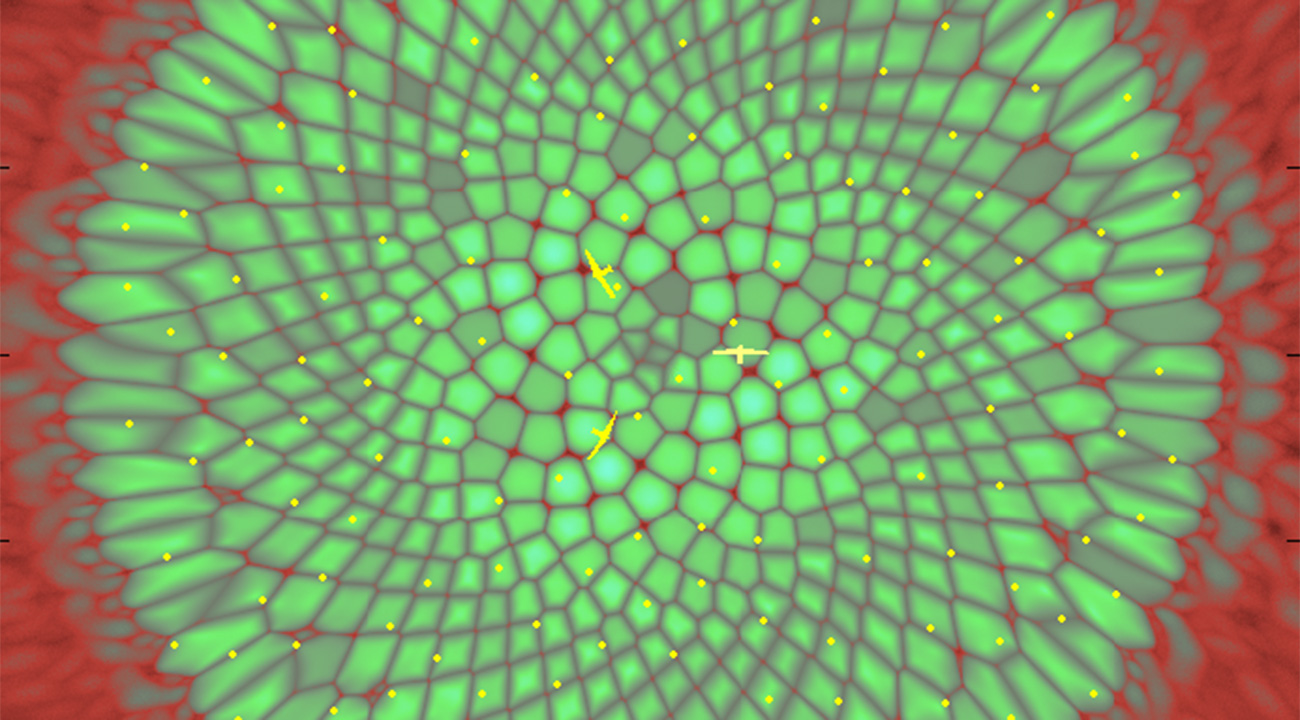
The golden ratio
Projecting cells from the sky enables service providers to dynamically change location and power allocation to meet changing end-user demands. Experimenting with this freedom, we found that a Fibonacci spiral – a pattern seen in mathematics and nature – improved aggregate traffic performance by 15% compared to conventional hexagons, achieved by reusing spectrum in a much greater way than Massive MIMO.
Digital beamforming
Wholly digital beamforming on this massive scale is a novel concept. It means the antenna can segment the ground into small enough cells to create precision patterns that cover specific areas such as remote villages, roads and railways. This enables service providers to create highly targeted cellular services that track users, like individual trains or vehicles. Here we demonstrate coverage shaped to match a national border.
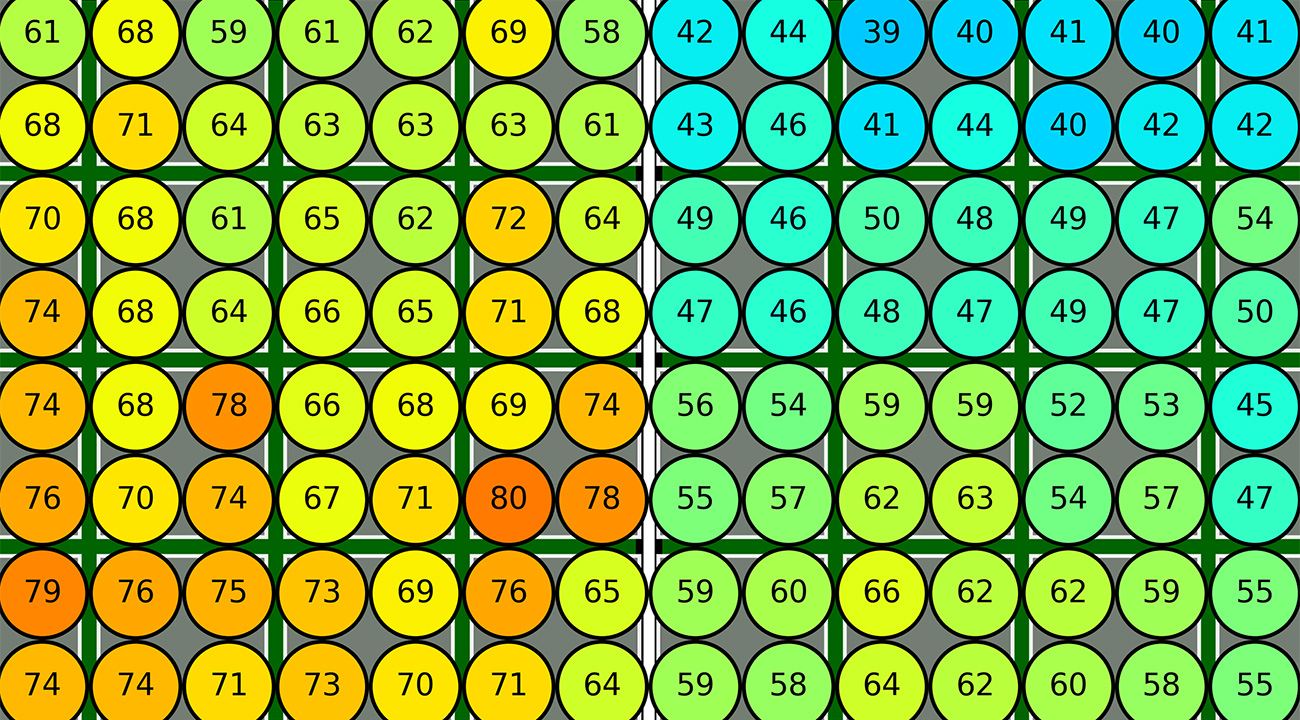
Built for the stratosphere
Dissipating heat with an airflow equivalent to the gentlest of human breaths on a low drag aircraft was a challenge like no other. A ground-breaking cooling system was invented to duct air evenly across the array, whilst providing direct air cooling to high surface area, low mass heatsinks with minimum airflow.
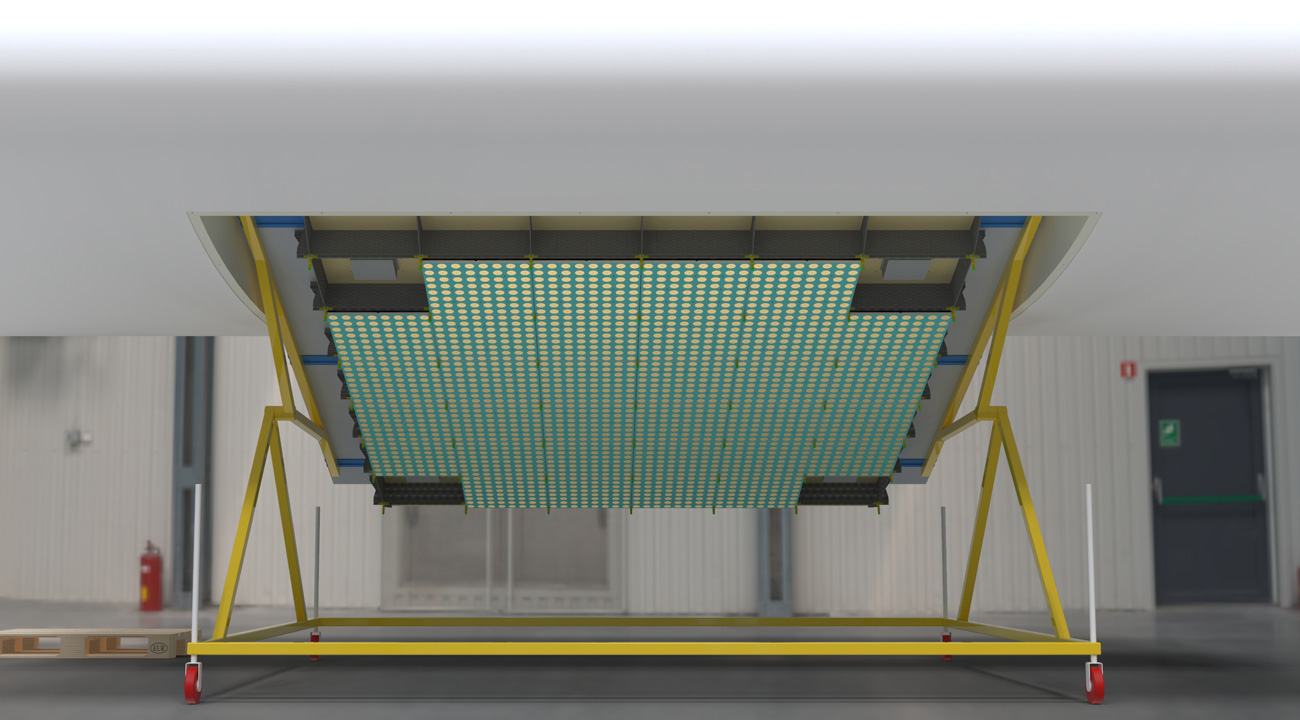
Light enough for flight
Making the antenna light weight and super thin, whilst maintaining performance, was critical to enable an aircraft weighing just 3.5 tonnes to endure flight for over a week at a time. Weighing in at just 120kg, the full-scale antenna will enable SPL’s aircrafts to easily create lift in the exceptionally thin air of the stratosphere where the atmosphere is just 10% of that at sea level.
Image: Render of the future full-scale antenna
“The development and testing of the antenna has met or exceeded the design criteria and working with such a talented team at Cambridge Consultants has been one of the highlights of the programme to date.”
Impact

500 million new customers
We have been working alongside SPL to solve a global challenge: most populations experience scattered access, or no access at all, to fast cellular speeds. SPL estimates their HAP system presents global market opportunities to connect and upgrade over 500 million people with exceptional mobile broadband, filling gaps in coverage and opening opportunities for new industrial 5G use cases, like eHealth and machine remote control.
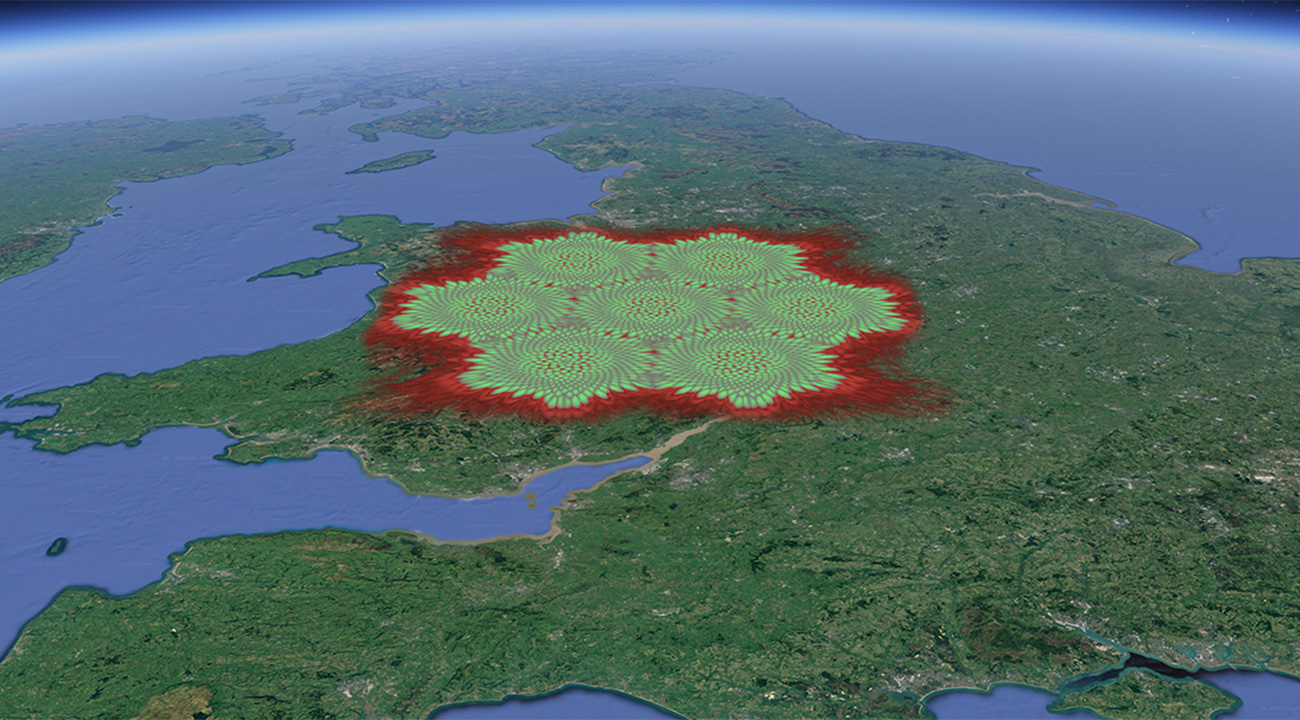
Coverage at low cost
The antenna can instantly create coverage and provide the flexibility to change beam shape and location as demand evolves. It also operates at a fraction of the cost of building terrestrial infrastructure and with minimal environmental impact. It’s estimated that tens of thousands of additional terrestrial sites are needed for full area coverage of 5G in the UK, whereas the same coverage can be achieved by a fleet of around 60 HAPs.
Image: Google Landsat /Copernicus Data SIO, NOAA, U.S. Navy, NGA, GEBCO IBCAO
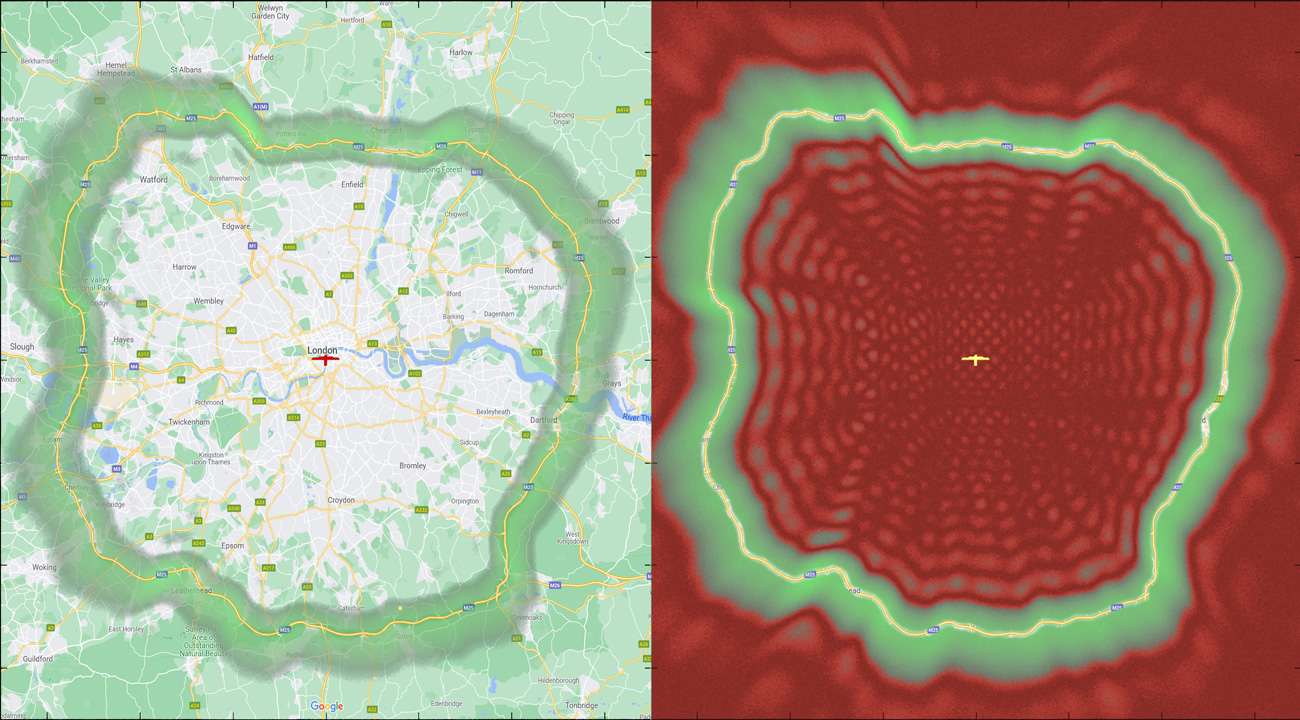
‘Painting’ coverage for transport
The HAP system promises to provide the fast, secure and reliable connectivity needed to realise the potential of autonomous vehicles. Steerable beamforming gives massive flexibility, enabling coverage to be ‘painted’ on transportation routes and reconfigured in flight to track individual vehicles. Here we show modelling of 5G coverage over the 117 mile-long M25 motorway in the UK – all from a single antenna.
Image: Map data © 2020 Google United Kingdom



